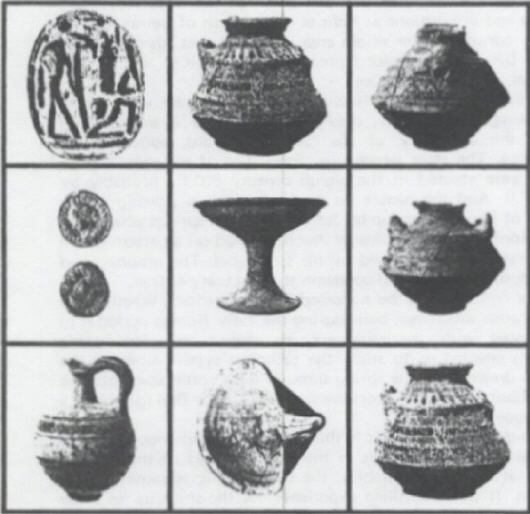City of the Golden Calf -- By: Avraham Biran
Journal: Bible and Spade (First Run)
Volume: BSP 05:1 (Winter 1976)
Article: City of the Golden Calf
Author: Avraham Biran
BSP 5:1 (Winter 1976) p. 22
City of the Golden Calf
[Professor Avraham Biran, formerly Director of the Israel Department of Antiquities, is now Director of the Nelson Glueck School of Biblical Archaeology of the Hebrew Union College-Jewish Institute of Religion, Jerusalem.]
I have often wondered why the Bible speaks with such vehemence of the “sins of Jeroboam.” True, setting up the golden calf at Dan was sin enough to rouse the ire of the prophets and priests. But was that fact sufficient in itself to call for the continuous Biblical denunciations of Jeroboam throughout the history of the northern kingdom? Or perhaps there was more to it than just the setting up of the golden calf. This is one of the questions I am hoping to find an answer to before we finish our excavations at Tel Dan, where we have already been working for nine seasons.
Dan a Prominent City
Tel Dan was a northern frontier post from time immemorial. Founded in the third millennium B.C.E., and originally called Laish, it changed its name when it was conquered by the tribe of Dan in the 12th century B.C.E., and it was when King Jeroboam set up the
BSP 5:1 (Winter 1976) p. 23
golden calf there, after the division of what had been Solomon’s kingdom into Israel and Judea, that it achieved prominence and fame.

Objects found at Tel Dan. (Top left) Scarab of Rameses II, 13th century B.C.E. (Left centre) Roman coins of the 4th century C.E. Bottom left, juglet of the Middle Bronze Age II, about 1800 B.C.E. All other objects of the Israelite period, 11th century B.C.E.: pyxides (on the right and top centre), chalice and oil lamp.
BSP 5:1 (Winter 1976) p. 24
Situated as it is — and always was — on the main trade and military crossroads from the Phoenician coast to Damascus and from the south to Aleppo in Syria, the city was subject to the many vicissitudes that befell the area. This year a significant discovery was made during the fourth week of work. A scarab of Rameses II was found in a probe on the eastern side of the mound. Rameses II passed through this country in about 1285 B.C.E. on his way from Egypt to battle with the Hittites at Kadesh on the Orontes. He left his statues and inscriptions at Nahr el Kalb, north of Beirut. But he must have controlled the whole area. The fact that his scarab was found at Dan may be added proof of his activities, military or commercial, in northern Galilee.
The development of the high place did not cease with Ahab. Another king, Jeroboam II, who also fought the Aramaeans and extended the boundary of the land northward, added to its magni...
Click here to subscribe
